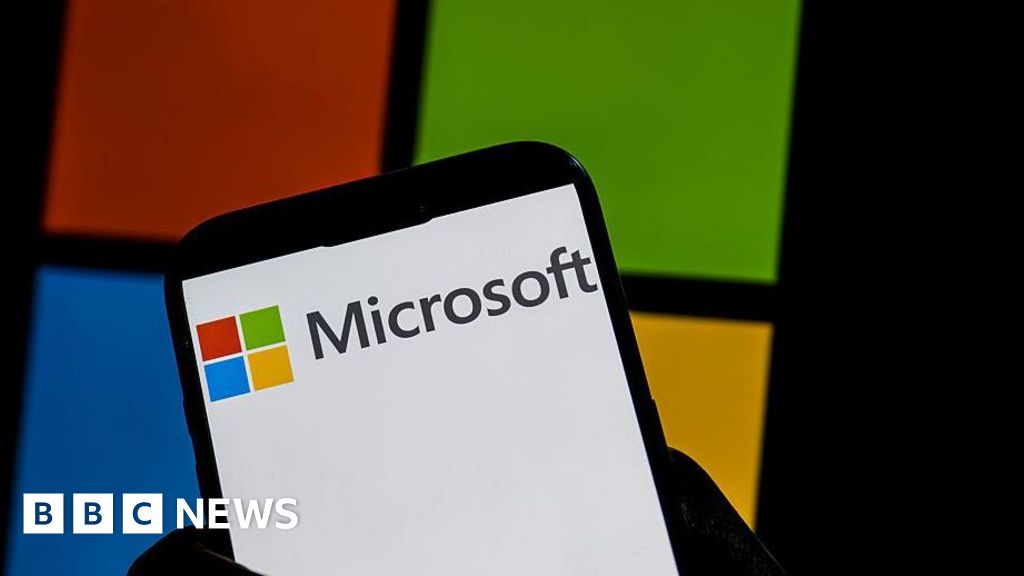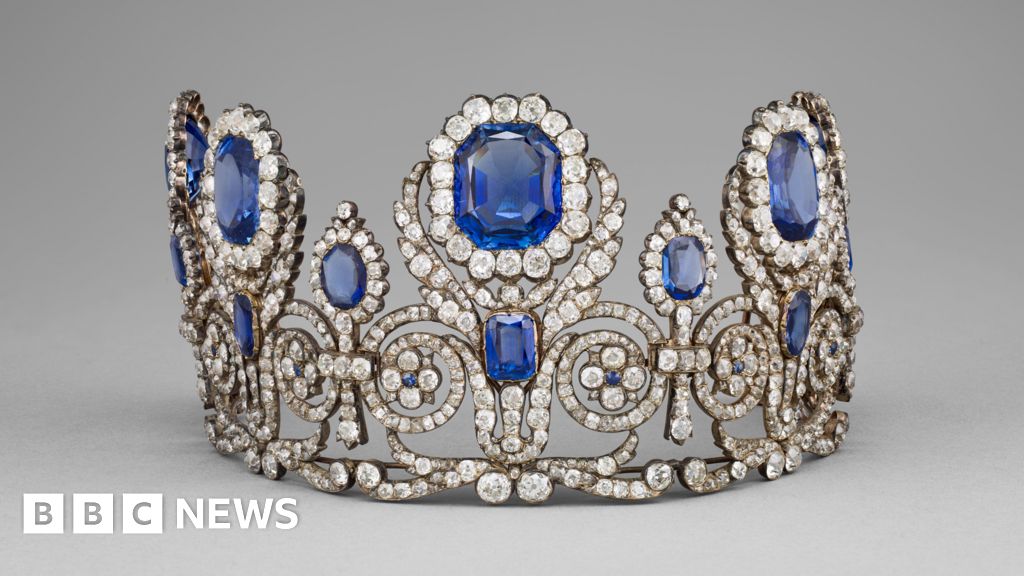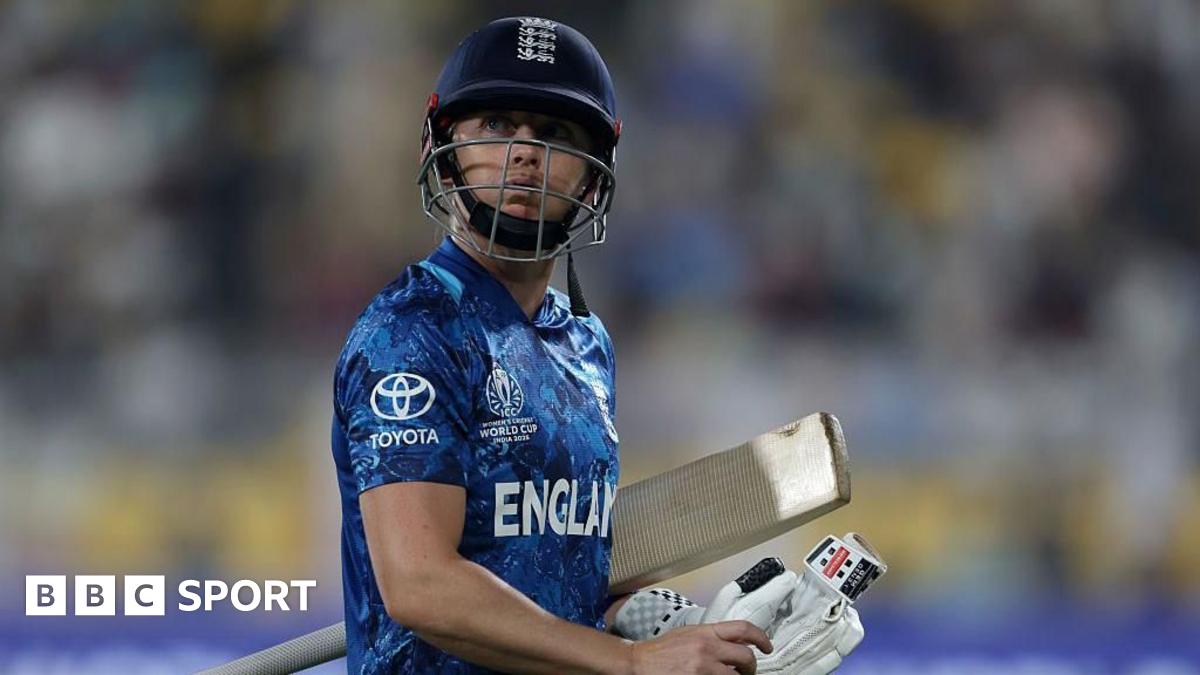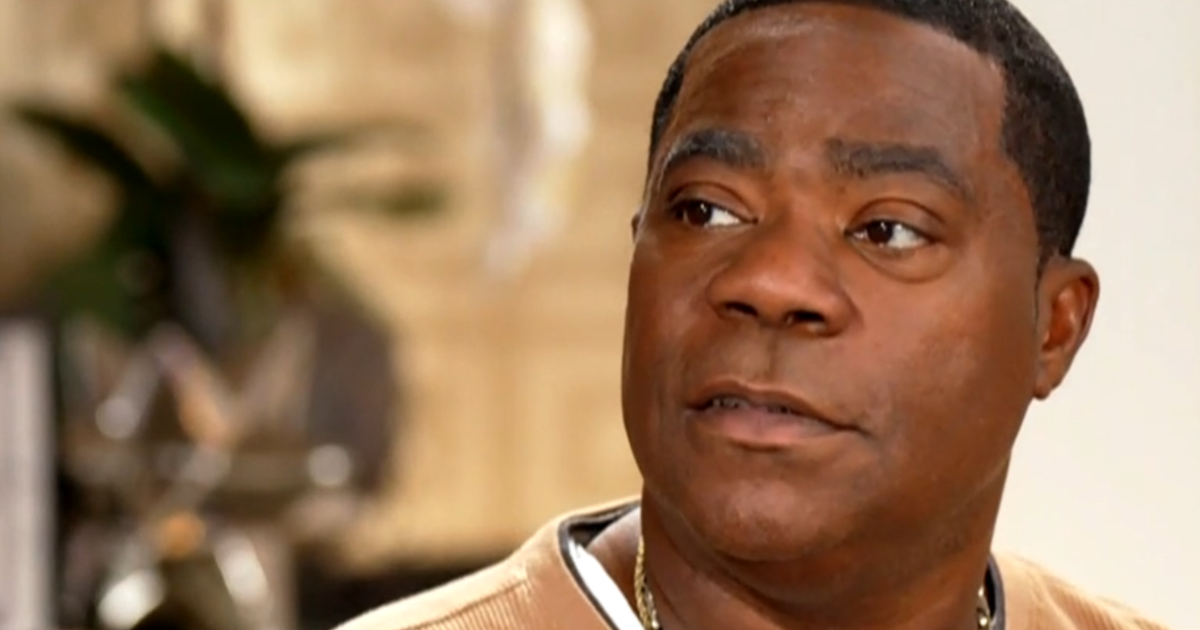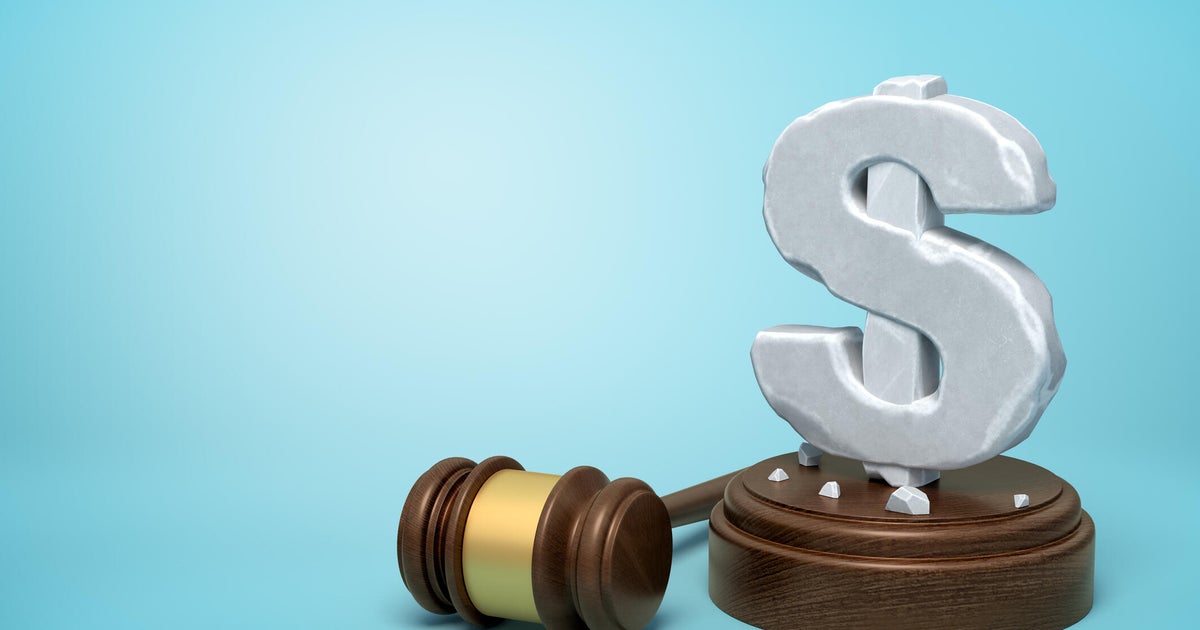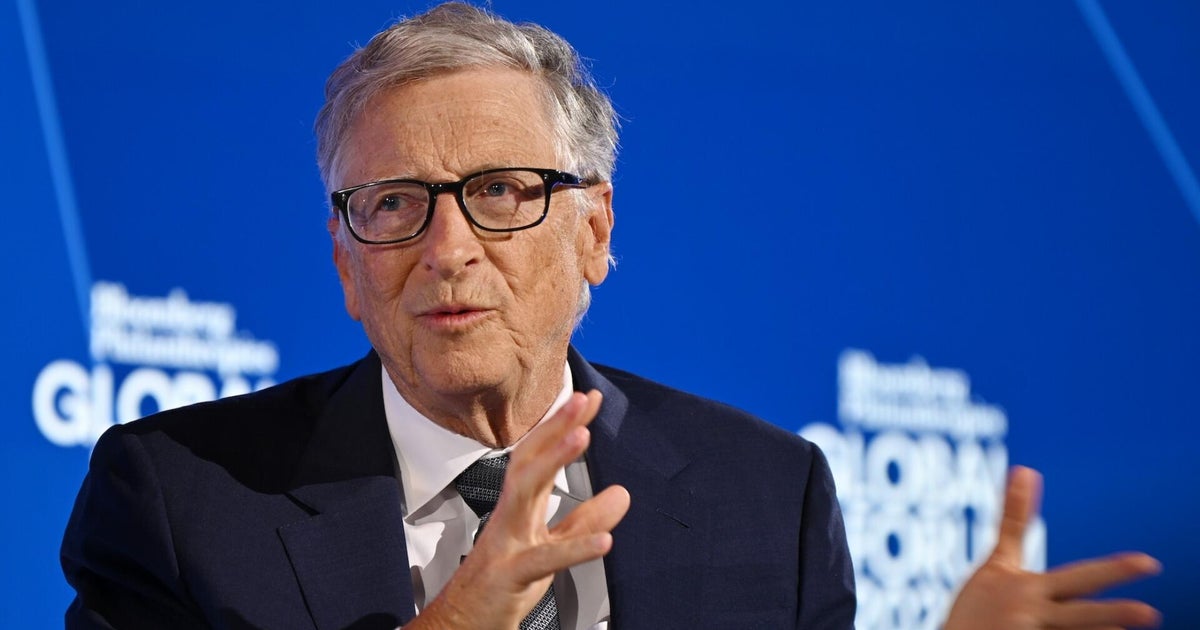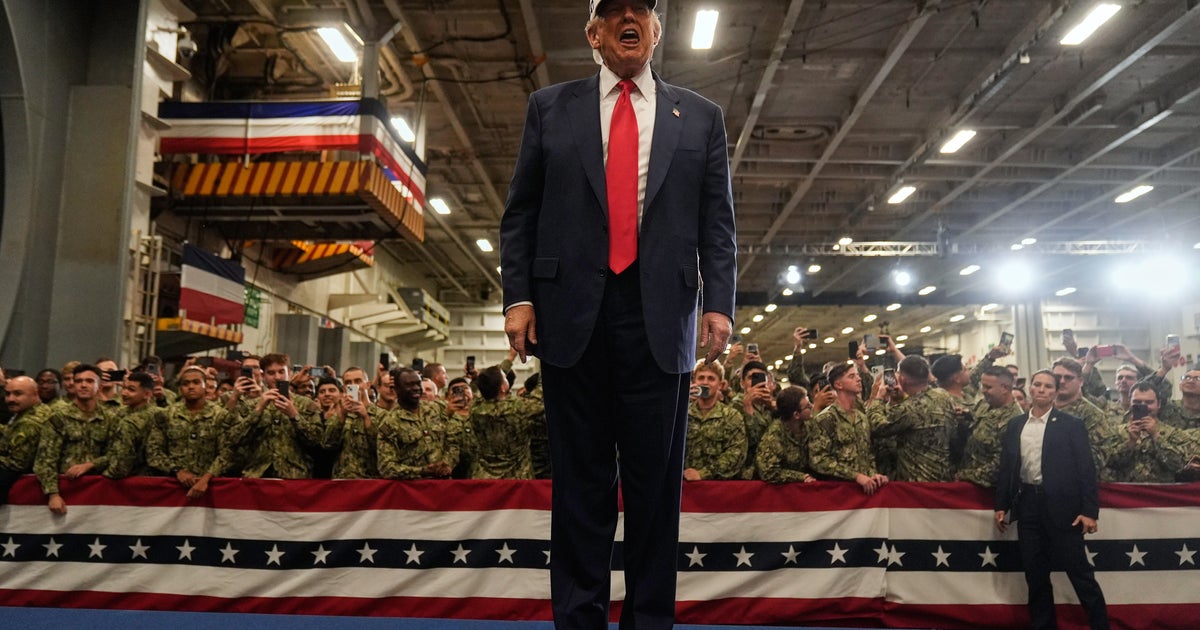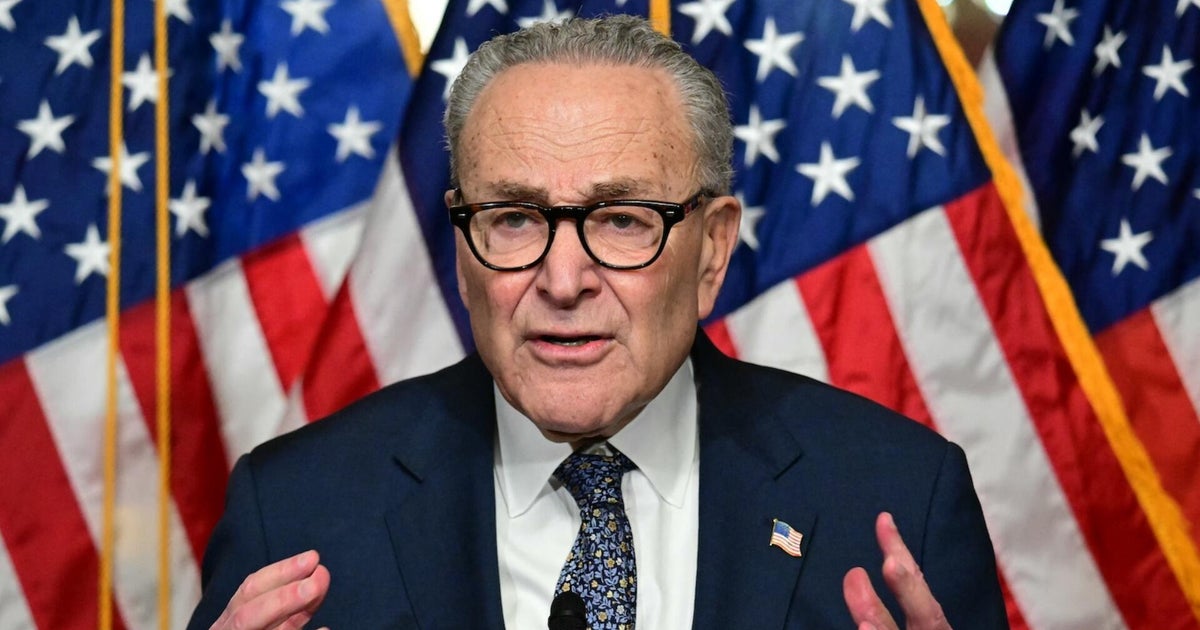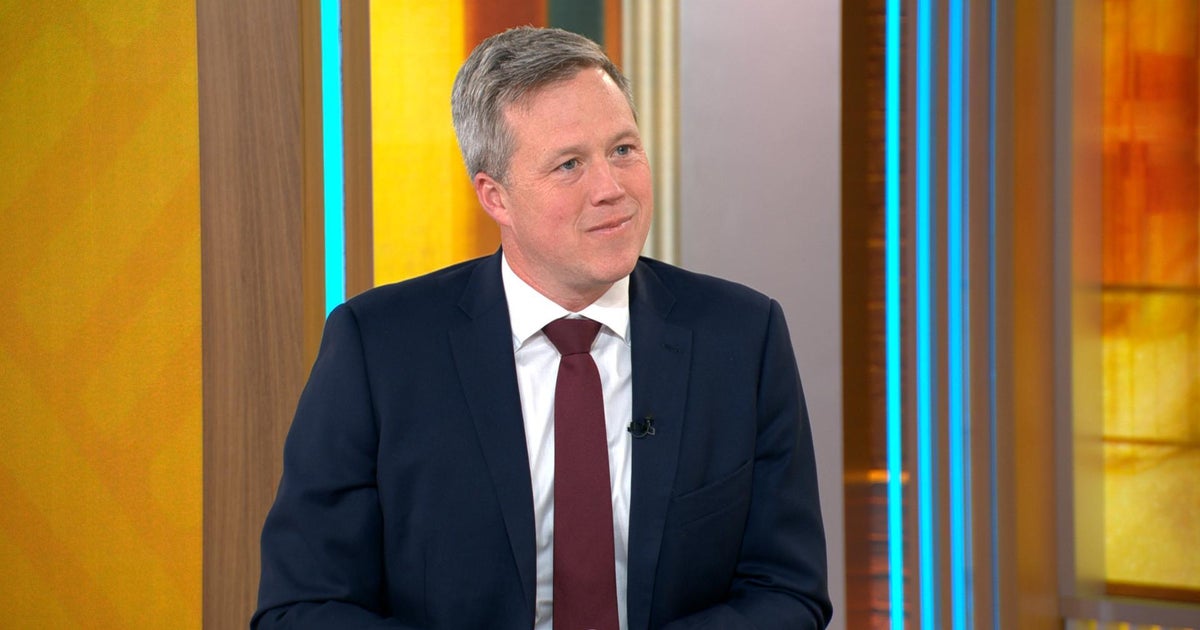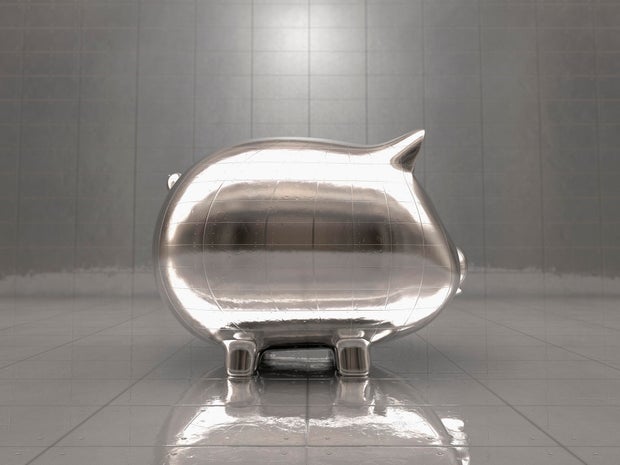 Historical context suggests that silver hitting $100 per ounce is a price milestone within reach.
Colin Anderson/Blend Images/Getty Images
Historical context suggests that silver hitting $100 per ounce is a price milestone within reach.
Colin Anderson/Blend Images/Getty Images
Silver prices have climbed steadily over the past five years, rising from around $20 per ounce in 2020 to just under $50 per ounce today. The 2025 price rally has been particularly notable, however, with prices finally breaking past their previous all-time highs. This upward trend reflects investors flocking to silver amid a combination of persistent inflation, a weakening U.S. dollar, increased central bank demand and investors seeking safe-haven assets during economic uncertainty.
With silver's price nearly double what it was in 2020, the next question on investors' minds is whether it could realistically hit $100 per ounce. That milestone would represent a historic moment for the precious metal, which has only approached $50 twice before — in 1980 and 2011. To help investors better navigate the silver market, we spoke to precious metals experts, who share their insights below on when this $100-per-ounce price milestone might occur and what conditions would need to align for that to happen.
Find out how you can start adding precious metals to your investment portfolio.
Could the price of silver hit $100 per ounce? Here's what some experts predict
Historical context suggests that silver hitting $100 per ounce is within reach, experts say.
"If you adjust for inflation, the 1980 surge was equivalent to nearly $200 per ounce today," says Brett Elliott, director of marketing at American Precious Metals Exchange (APMEX). "When you think about it in that perspective, it makes $100-an-ounce silver much more realistic."
Current supply dynamics could accelerate the timeline. Brandon Aversano, CEO of precious metals buyer The Alloy Market, believes silver could hit $100 during this bull run.
"As we see the demand for physical silver increase, including central banks purchasing silver in the form of kilobars, available supply and manufacturing capacity decrease," Aversano says. "This squeeze could push the price of silver over $100 per troy ounce."
Not everyone expects a quick ascent for silver, however.
Ben Nadelstein, head of content at gold yield marketplace Monetary Metals, cautions that silver's unique characteristics could slow the climb.
"When silver prices spike, it becomes economical to melt down old silverware, sell idle bullion or substitute silver out of industrial processes," Nadelstein says.
This large above-ground supply acts as a natural brake on runaway silver price increases. While Nadelstein believes $100 silver is possible, he sees it unfolding gradually rather than in a sudden moonshot.
Learn more about the many benefits of investing in gold and silver now.
What needs to happen for silver to hit $100 per ounce?
According to experts, several key scenarios could push silver to this milestone, or alternatively, prevent it from getting there, including:
Currency debasement and inflation
Inflation erodes the value of paper savings, Nadelstein notes, pushing more people into tangible assets, including silver, and a sustained period of currency debasement and high inflation could create the conditions needed for silver to reach $100. This would likely unfold over years rather than weeks, though.
Gold price movements
Silver often follows gold's price trajectory. With gold recently rallying above $4,300 per ounce mark, continued strength could pull silver toward the $100 mark.
"If gold prices move higher, silver often follows, as investors rotate into silver when they feel priced out of gold," says Nadelstein.
Physical supply shortages
Critical shortages are developing in the physical silver market. Elliott points out that lease rates, which are normally near zero, have climbed above 30% and the market is experiencing backwardation, where spot prices exceed futures prices.
"If the market doesn't cool off by bringing the supply and demand fundamentals into balance, we could see an explosion in price," Elliott says.
Aversano adds that central banks are purchasing large quantities of silver while manufacturers struggle to keep up with retail demand. This is creating a squeeze that could push prices past $100.
Industrial vs. monetary demand
Silver's future depends partly on whether it maintains its status as a precious metal.
"Silver has more industrial uses than gold," Nadelstein points out. "If those uses dominate, silver could lose its monetary premium and begin trading more like copper or platinum."
Beyond industrial competition, another risk looms. Technological advances in fractional gold ownership could also reduce monetary demand for silver. These digital products make it easier for investors to hold small quantities of gold instead.
The bottom line
Whether silver reaches $100 per ounce depends on monetary policy, supply dynamics and global economic conditions. Experts agree the milestone is achievable, but the timeline is up in the air.
When it comes to portfolio allocation, Nadelstein suggests rethinking the traditional question of "how much gold and silver should I hold?" Instead, he recommends asking how much currency exposure is acceptable. Silver can play a complementary role to gold, offering similar monetary attributes with higher volatility that may appeal to investors with longer time horizons or higher risk tolerance.
Before investing in silver, consult a financial advisor specializing in precious metals. They can help you determine an appropriate allocation based on your financial goals and risk appetite.
Edited by Angelica Leicht

